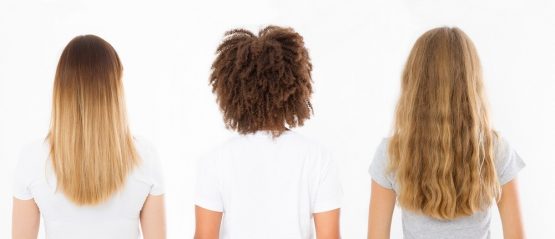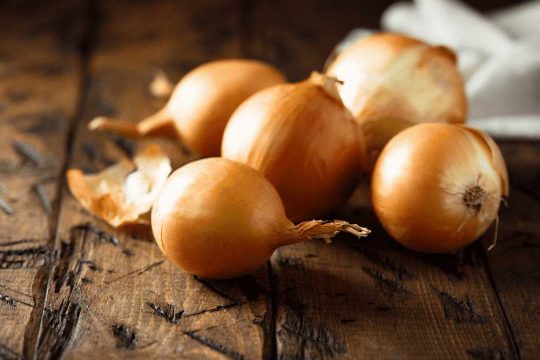- You have no items in your shopping cart
- Continue Shopping
First thing first, let’s talk about the texture of your hair. Hair texture generally refers to the natural shape or pattern of your strands. If you’re unsure about which category you fall into, leave your hair free of products and let it air dry the next time you wash your hair. If it dries straight without a bend or curl, then your hair is straight (or type 1, as it is commonly referred to). If it dries with a slight curve or “S” shape, then it is considered wavy (type 2). If it dries with a defined curl or loop pattern, it’s likely curly (type 3), while tight curls, spirals, or zig-zag patterns are considered coily
Hair Structure
Hair structure refers to the thickness of your hair. This can impact how your hair reacts with products and styles. Your hair can be divided into one of three types: coarse, medium or thick. A simple way to determine which category your hair belongs to is to simply take one strand of hair from your hairbrush, and place it on a flat surface. Next, take a six-inch length of sewing thread (or a similar-colored piece if possible) and place it alongside your strand. If your hair looks thinner than the sewing thread, it is likely fine. However, if your hair seems thicker than the sewing thread it is most likely coarse. Anywhere in between would be considered medium.
Your hair’s ability to hold a style can also help you determine its structure. Fine hair tends to be fragile and can’t hold curls well. Medium hair is easier to style and holds its shape for longer periods of time. Thicker hair, however, is more prone to curling but can be harder to style because it’s less flexible.
Hair porosity
Your hair’s ability absorb moisture and products is called porosity. Although not as common as hair type and structure. Knowing how porous your hair can help you decide what products to use on it. A simple way to test your hair’s porosity, is to put a single hair in a bowl of warm water. If the strand sinks to its bottom, it may be high porosity. This means that it absorbs all of the moisture. If your hair floats above the bowl’s bottom but remains below the surface, it is balanced and has “normal” porosity. If the hair strand floats above water’s surface, it is considered low porosity. This means that your hair does not absorb moisture easily.
What does this all mean for your hair, you ask? High porosity hair absorbs moisture more quickly than normal due to the presence of tears or gaps around its cuticle. These areas can cause hair to dry out and become brittle by releasing moisture too quickly. These hair types should avoid harsh chemical treatments and heat styling that could dry out hair. To prevent further damage, you should look for nourishing hair oils, nourishing hair masks and leave-in treatments.
Low porosity hair is those where the cuticle lies flat, preventing water and moisture from getting absorbed into the strands. These hair types are most concerned about product buildup. It’s best to apply products while your hair’s still damp to ensure that they’re easier to absorb and distribute.
Scalp Moisture
We all know that your hair will not look its best if it’s not in great shape. This is why we recommend taking good care of our scalp. It can be difficult to determine the condition of your scalp as you might experience oily or dry scalps. We recommend that you inspect your hair and scalp the second day following a shampoo to determine how oily your scalp is. If your roots look flat or greasy, it’s likely that you have an oily scalp. To balance your scalp’s oil production and reduce the risk of buildup, we recommend adding our oil control hair formula to your shampoo.
Flaking is a sign that your scalp needs a gentler, more hydrating shampoo. They are free from sulfates or parabens and can be tailored to dry scalps so that hair is clean and healthy without being stripped of its natural oils.

What if your scalp is oily and flaky at the same time? This is usually caused by oil buildup from infrequent or poor washing. We recommend that you add both the oil control/soothe scalp hair goals to your formulation. This will help reduce excessive oil buildup, calm irritation, and remove any excess oil.

